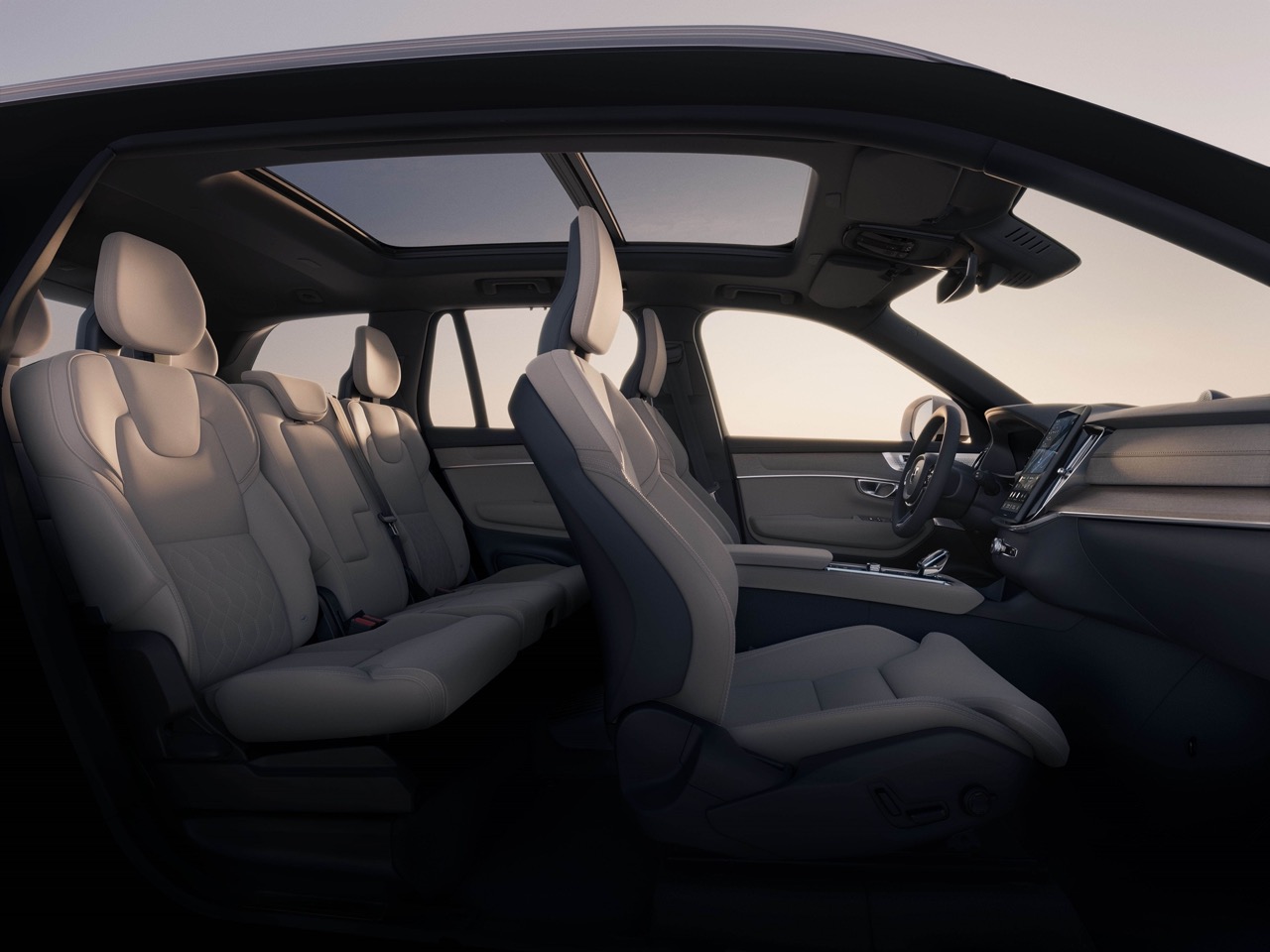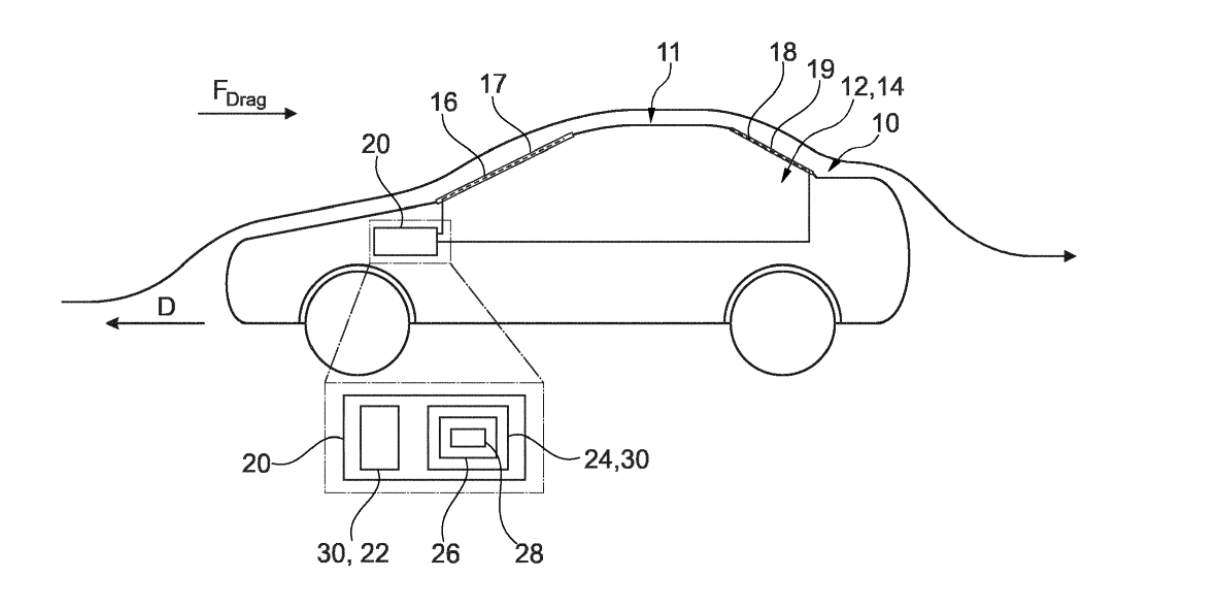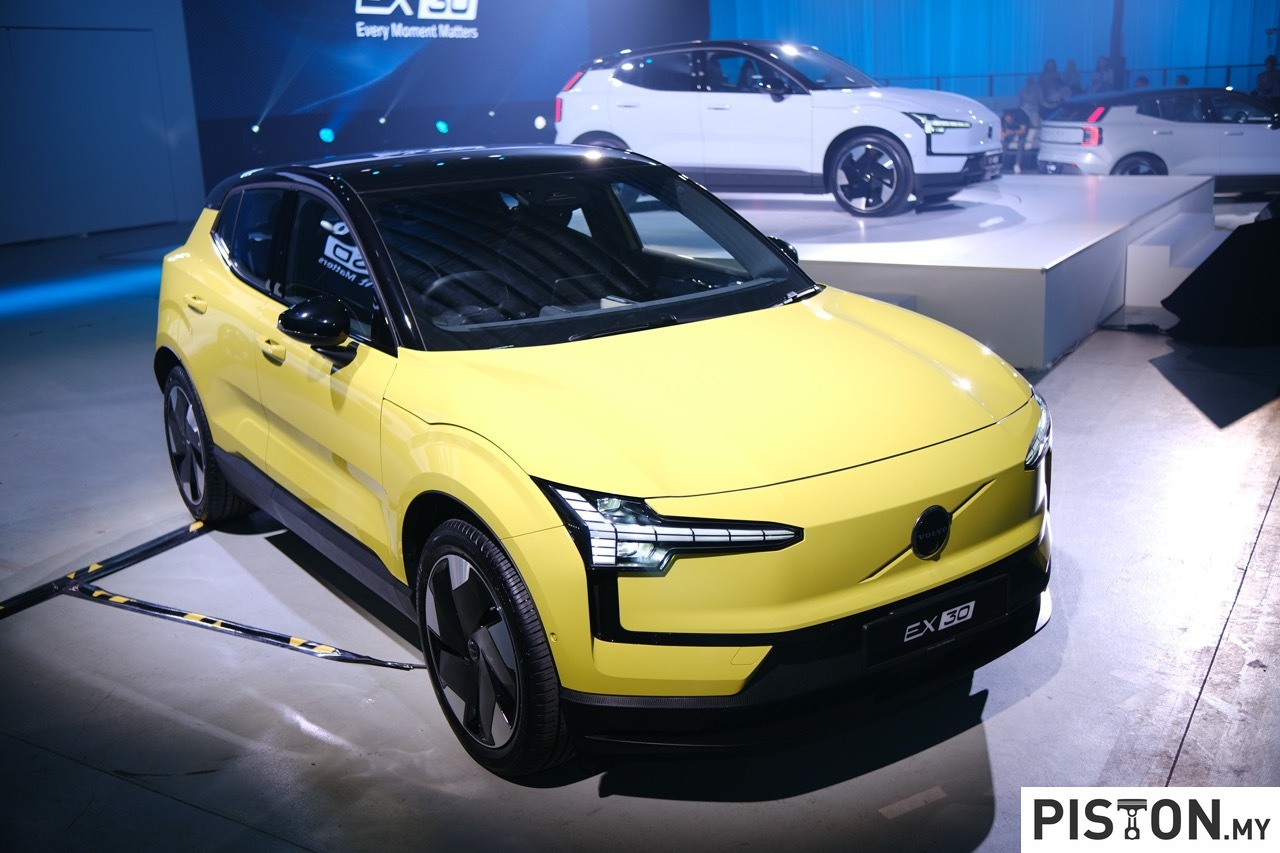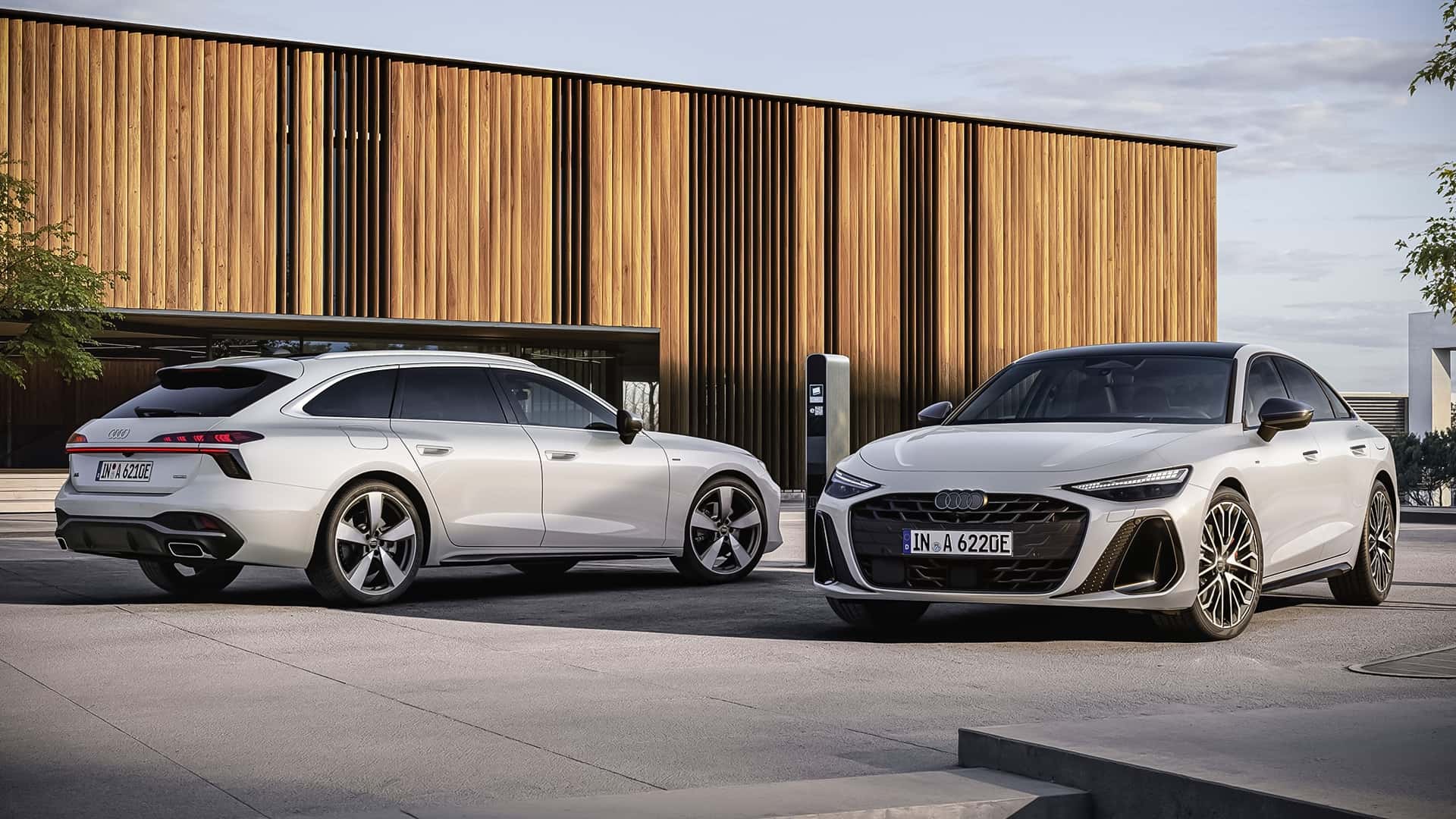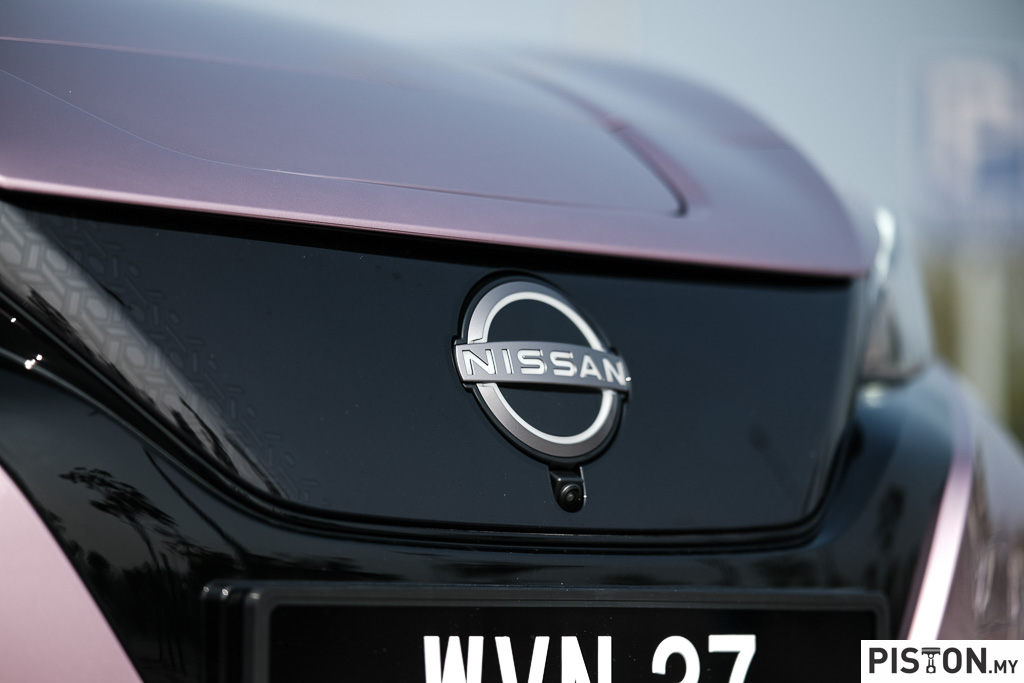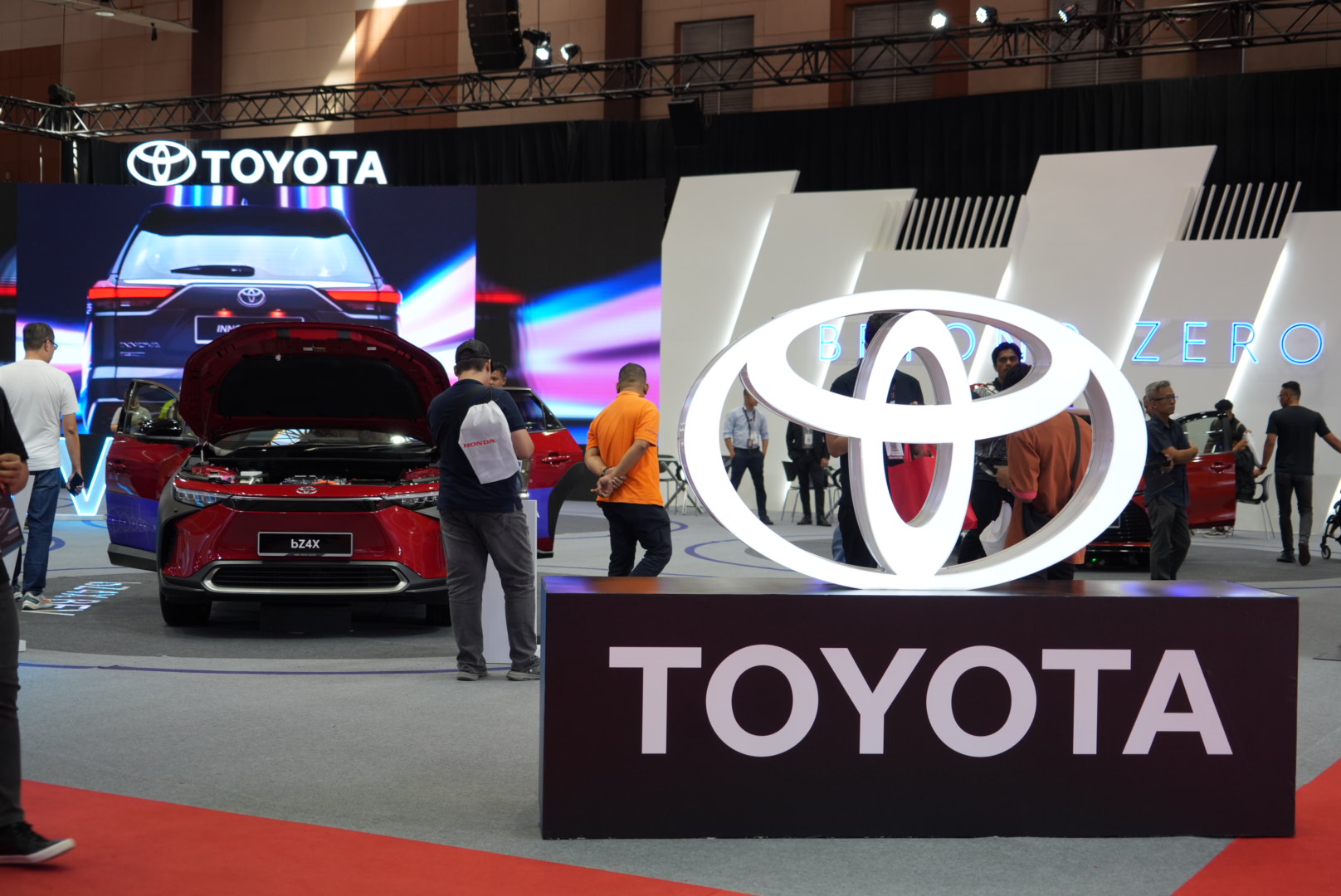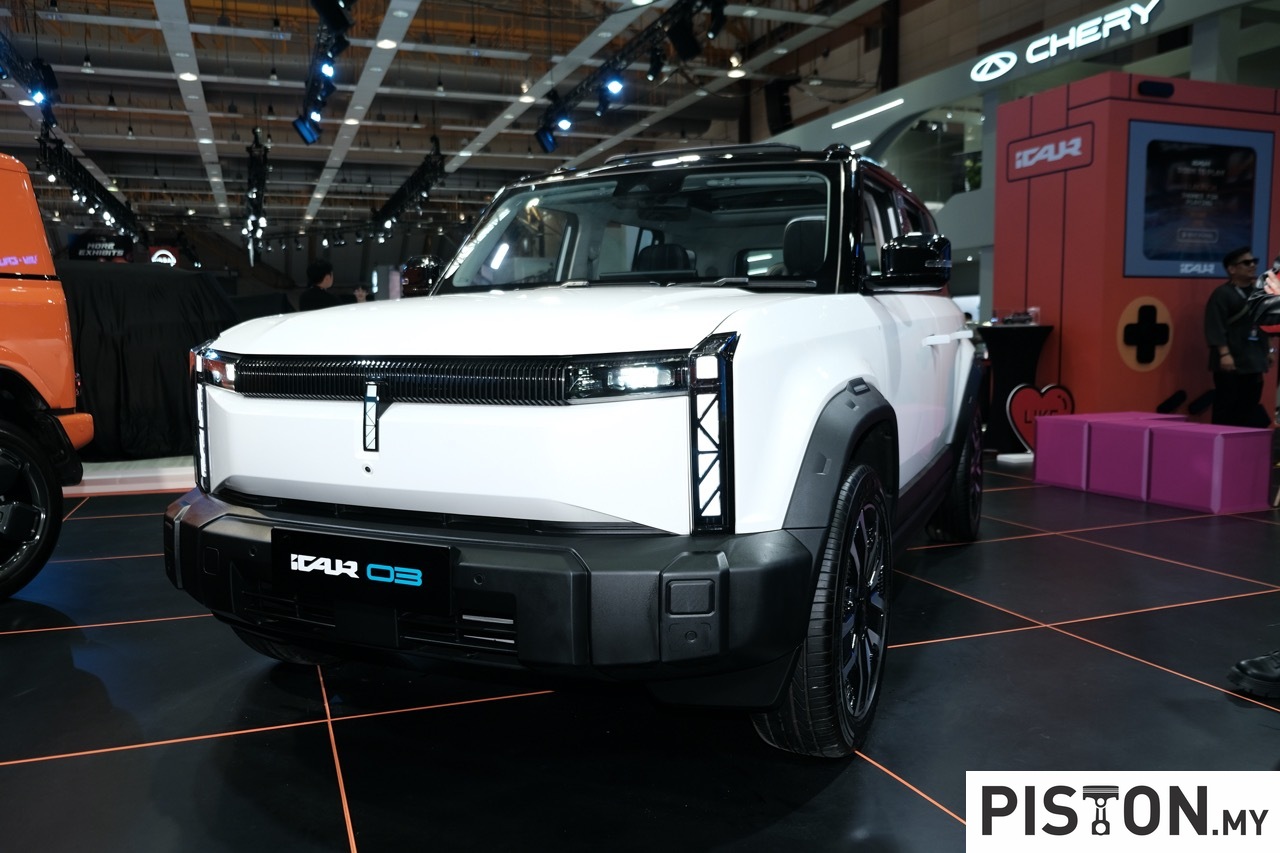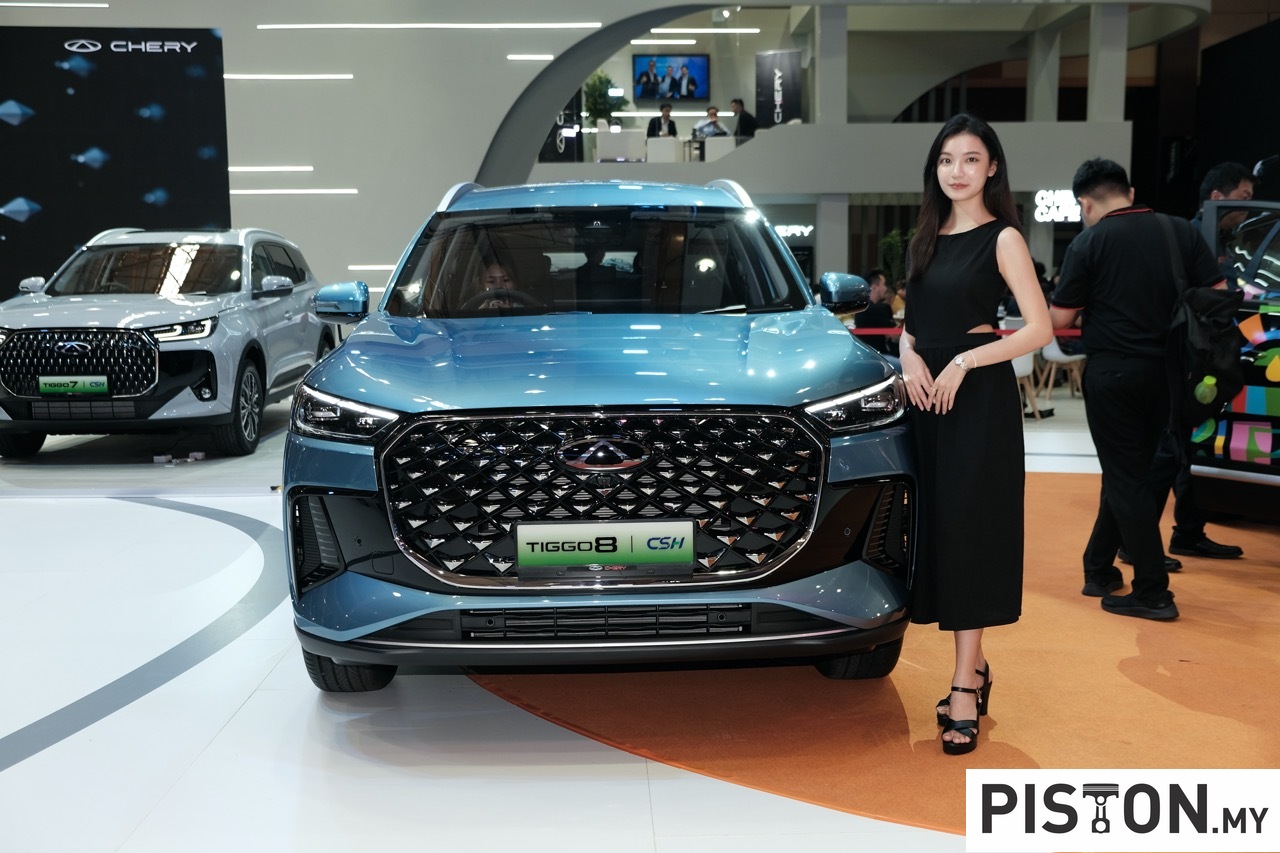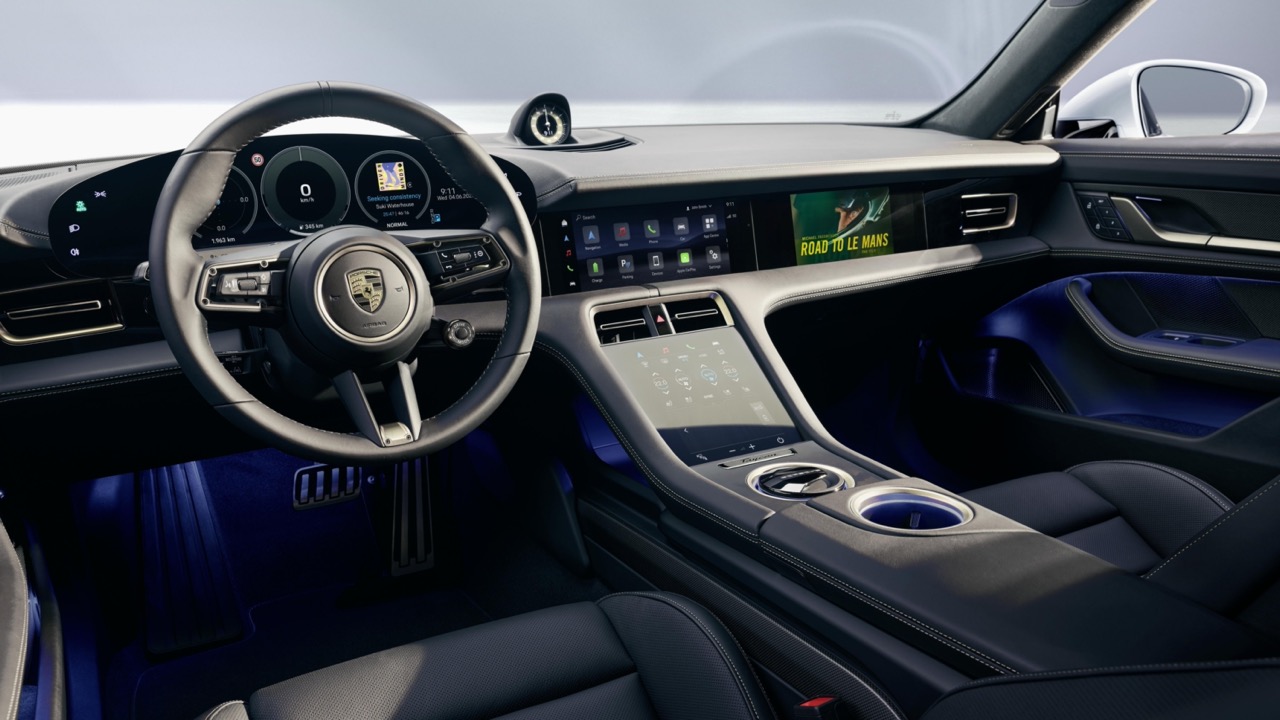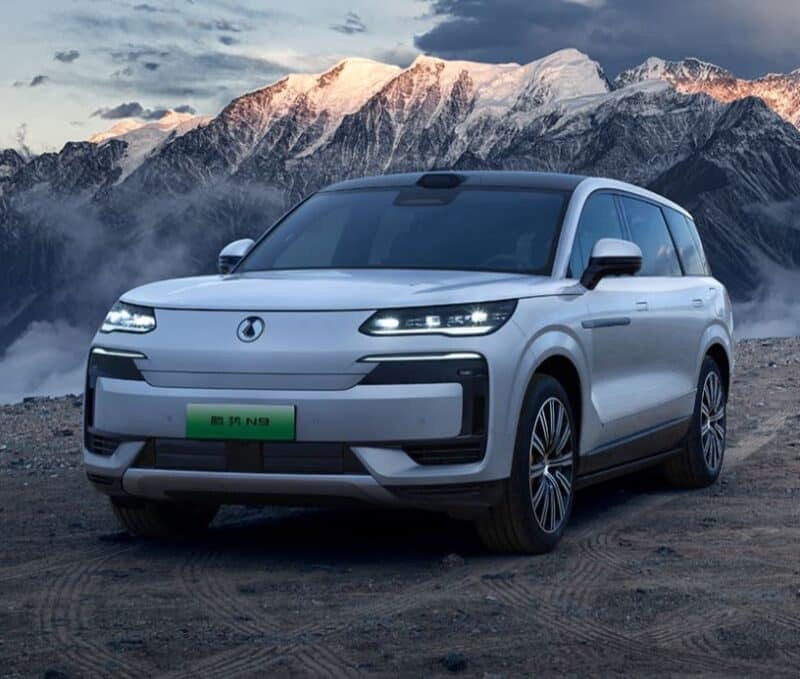Volvo may have uncovered a unique approach to enhancing electric vehicle (EV) efficiency—by using heaters to reduce aerodynamic drag. While traditional EVs are designed to conserve energy, heating systems typically come with a significant energy cost. Volvo’s new patent, however, suggests a novel application: heating the car’s outer surfaces, particularly the windows, to improve on-road efficiency.
The idea, discovered in a patent filing by Carmoses, involves warming the air around the vehicle by heating its outer skin. Warmer air is less dense, reducing the resistance—or drag—on the car as it moves. This seemingly small change can have a noticeable impact on energy consumption and, consequently, range.
The patent explains, “Heating a portion of the outer surface of the vehicle has the effect that a boundary layer of air adjacent to the heated surface is also warmed. Consequently, the density of the air in the boundary layer is reduced. Since drag is a function of the density of the air in this layer, heating the outer surface reduces drag and increases vehicle efficiency.”
Volvo’s approach leverages existing vehicle heating systems, such as those used for defrosting windows. The patent mentions standard onboard modules like a “data processing apparatus” and a “computer program,” indicating that this innovation could be implemented with minimal hardware changes.
The concept extends beyond just the windshield. Airflow over side windows and the rear window also contributes to drag, and heating these surfaces could further reduce resistance. By creating a boundary of warmed air around the car, Volvo aims to make its vehicles more “slippery,” enhancing their aerodynamics and range.
While the concept is intriguing, it’s important to note that patent filings don’t always translate into real-world applications. The effectiveness of this approach and its feasibility in production settings remains to be seen. Nevertheless, Volvo’s inventive thinking demonstrates the automaker’s commitment to pushing the boundaries of EV technology and improving efficiency in ways that go beyond conventional solutions.
Whether this idea makes it to production or not, it highlights a creative avenue in the pursuit of more energy-efficient transportation. Volvo’s patent might be another step in the evolution of EV design, offering a glimpse into how automakers are rethinking every detail to maximise performance and sustainability.




